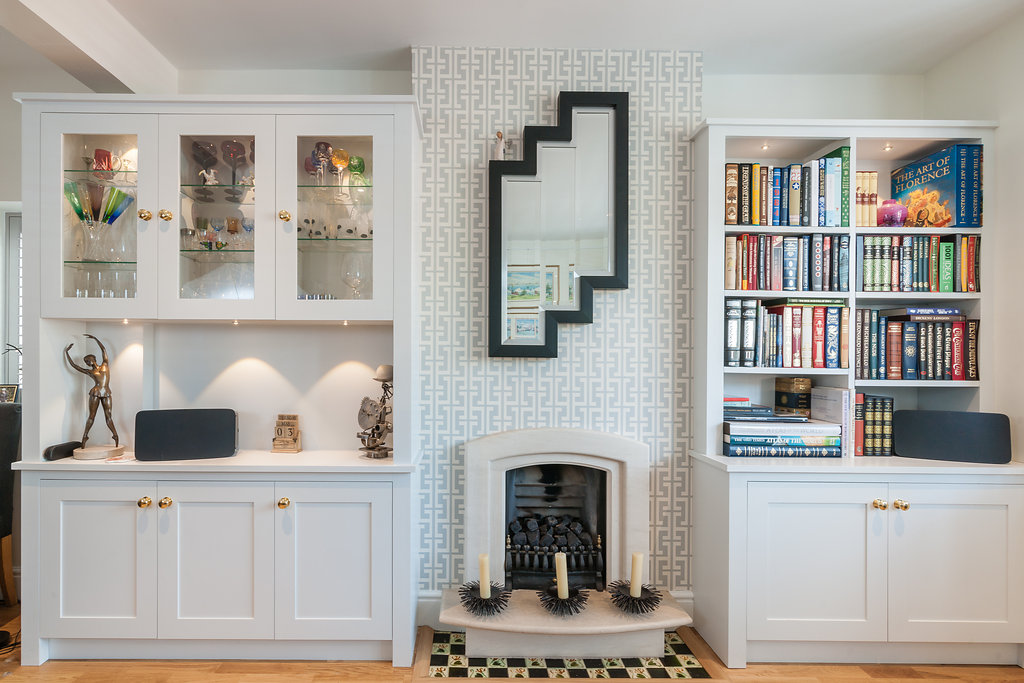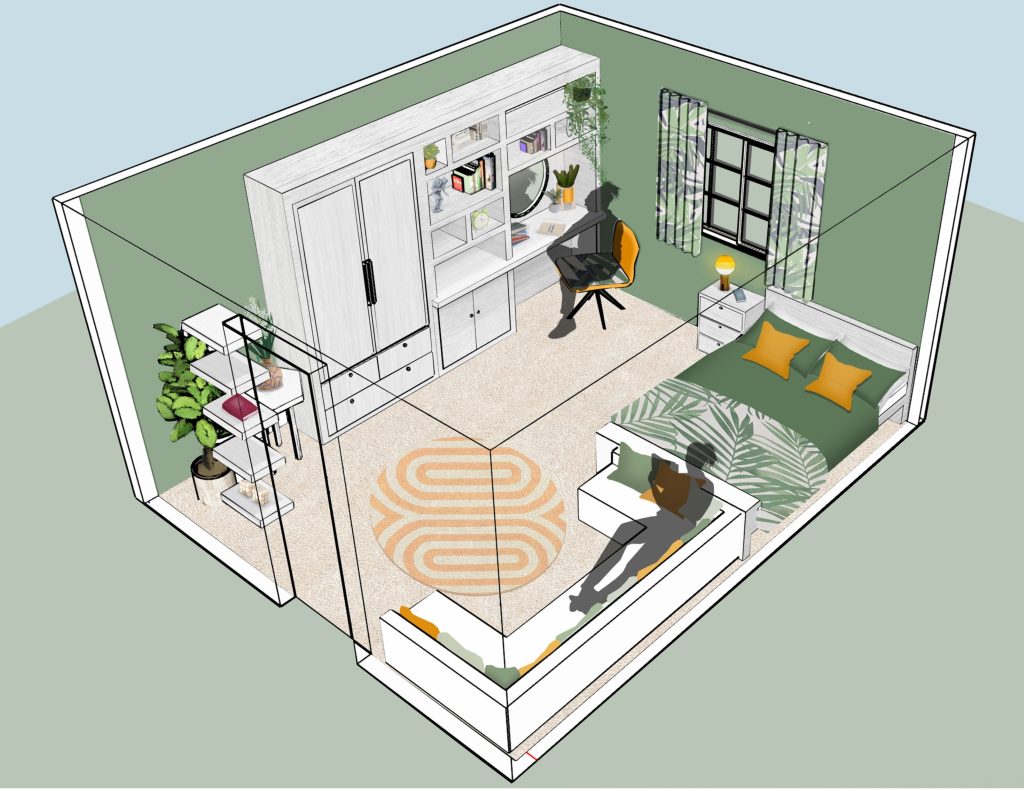Architecture and interior architecture are two closely related fields that often intertwine, yet they encompass distinct aspects of the built environment. While both disciplines involve the design and creation of spaces, they differ in their scope, focus, and approach. Understanding the differences between architecture and interior architecture is crucial for aspiring designers and clients alike.
Architecture: Shaping the External Environment
Architecture, in its broadest sense, refers to the art and science of designing and constructing buildings and other physical structures. Architects are responsible for conceiving, planning, and overseeing the construction of entire buildings, considering factors such as functionality, aesthetics, sustainability, and cultural significance.
Architects work at various scales, from designing individual homes to planning entire urban landscapes. Their responsibilities encompass not only the external appearance of buildings but also structural integrity, building codes compliance, and the integration of buildings within their surrounding environment.
In essence, architecture deals with the overall design and construction of buildings, including their exterior appearance, structural systems, and integration with the surrounding context. Architects collaborate with engineers, urban planners, and other professionals to create cohesive and functional built environments.

Interior Architecture: Crafting Interior Spaces
Interior architecture focuses specifically on the design and spatial arrangement of interior environments within buildings. While closely related to architecture, interior architecture zooms in on the interior aspects of a space, such as layout, circulation, materials, finishes, lighting, and furniture.
Interior architects are tasked with transforming interior spaces to meet the functional and aesthetic needs of their users. They consider factors such as human interaction, ergonomics, accessibility, and the psychological impact of space. Interior architecture also involves the integration of technology, sustainability principles, and building regulations into interior design solutions.
Unlike architects who primarily focus on the external form and structure of buildings, interior architects concentrate on creating interior spaces that are both visually appealing and functional. They collaborate closely with clients, interior designers, contractors, and suppliers to realise the vision for a space while ensuring it aligns with the overall architectural concept.

Key Differences and Collaborative Opportunities
While architecture and interior architecture have distinct focuses, they are inherently interconnected. Architects and interior architects often collaborate closely to ensure that the external form of a building seamlessly integrates with its interior spaces. This collaborative approach results in holistic design solutions that enhance both the functionality and aesthetic appeal of buildings.
One key difference between the two disciplines lies in their respective scopes of work. Architecture deals with the overall design and construction of buildings, encompassing both exterior and interior aspects, while interior architecture specifically addresses the design of interior spaces within buildings.

Another distinction is the level of detail and specificity involved in each discipline. Architects typically work at a broader scale, considering the overall form, structure, and context of buildings, while interior architects focus on the finer details of interior spaces, such as layout, materials, and finishes.
Despite these differences, both architecture and interior architecture share a common goal: to create spaces that enhance the quality of life for their users. By recognising and understanding the distinctions between these two disciplines, designers and clients can collaborate more effectively to realise their vision for the built environment.
In conclusion, while architecture and interior architecture have distinct focuses and scopes, they are integral parts of the design process for creating functional, aesthetically pleasing, and sustainable built environments. By leveraging the strengths of both disciplines and fostering collaboration between architects and interior architects, designers can achieve truly innovative and impactful design solutions.

